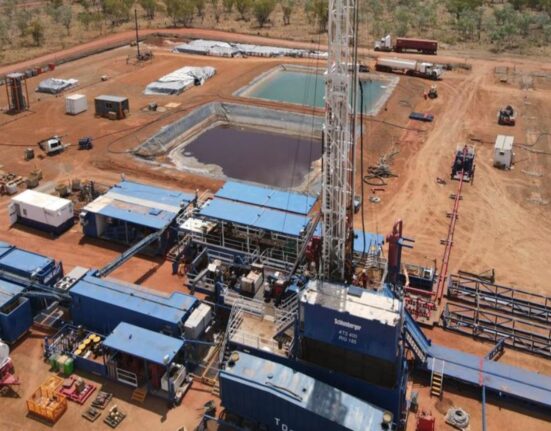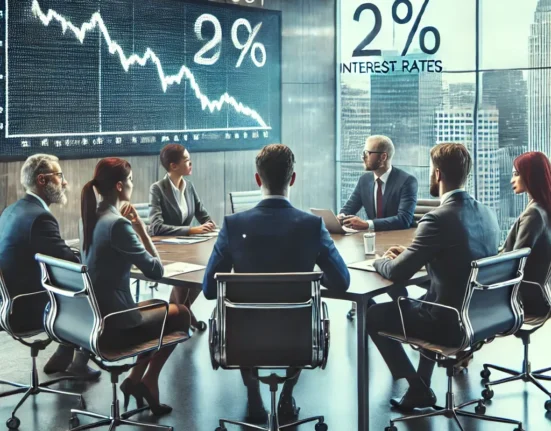How do you transform your business into a sustainable powerhouse? According to sustainability expert Ilea Buffier, it’s all about starting with what you already excel at. Most businesses already have some sustainability initiatives in place, whether it’s recycling, using energy-efficient lighting, or supporting local suppliers.
“It’s crucial to make sustainability an integral part of your business identity,”
says Buffier.
“Rather than viewing it as an add-on requirement, consider how being sustainable aligns with your purpose and industry.”
To kickstart your journey towards sustainability, understanding your current impact is key. Measure your carbon emissions to establish a baseline for improvement. But don’t stop there – analyze your waste generation, energy consumption, and supply chain practices to uncover areas for enhancement.
Identifying where you can make the most significant impact is the next step. Whether it’s transitioning to renewable energy sources, minimizing packaging waste, or engaging with ethical suppliers – prioritize actions that align with your values and goals.
Buffier emphasizes the importance of taking incremental steps towards sustainability. “Rome wasn’t built in a day,” she notes.
“Setting achievable emission reduction targets and implementing them gradually is more effective than trying to address everything at once.”
Third-party certifications like Climate Active can help validate your efforts and demonstrate credibility to customers. Regularly tracking progress and celebrating milestones are essential components of maintaining momentum on the sustainability journey.
The landscape of business is evolving rapidly when it comes to sustainability considerations. With climate reporting becoming mandatory in many regions, including Australia, businesses are under increasing pressure to account for their environmental footprint.
“Sustainability isn’t just about environmental responsibility; it’s a strategic imperative for long-term success,”
explains Buffier.
“Businesses must integrate sustainability into their core strategies to remain competitive in today’s dynamic marketplace.”
While there are four pillars of sustainability – environmental, economic, social, and human – achieving balance across these dimensions is vital for long-term viability.
“Balancing all four pillars ensures stability and longevity for businesses,” says Buffier. “By addressing each aspect progressively and avoiding major gaps in any area, companies can mitigate risks and enhance their overall resilience.”
In conclusion:
– Start by leveraging existing strengths in sustainability
– Measure and improve key impact areas like emissions and waste
– Prioritize actions that align with core values
– Take gradual steps towards sustainability goals
– Maintain accountability through third-party certifications
– Balance environmental, economic,
social,
and human aspects for holistic success
Embracing sustainability isn’t just about compliance – it’s about future-proofing operations,
enhancing brand value,
and fostering positive relationships with stakeholders.
So remember,
building a sustainable business isn’t a destination but an ongoing journey towards creating lasting value!









Leave feedback about this